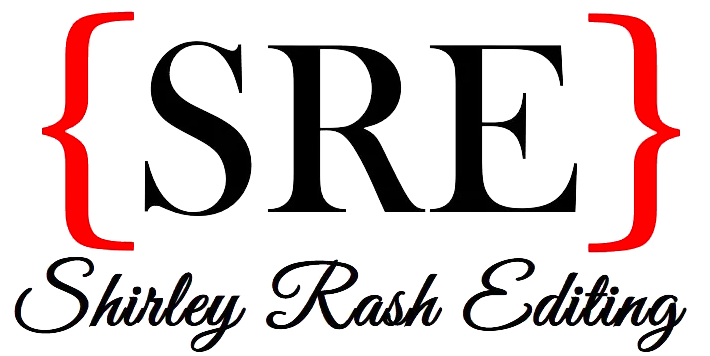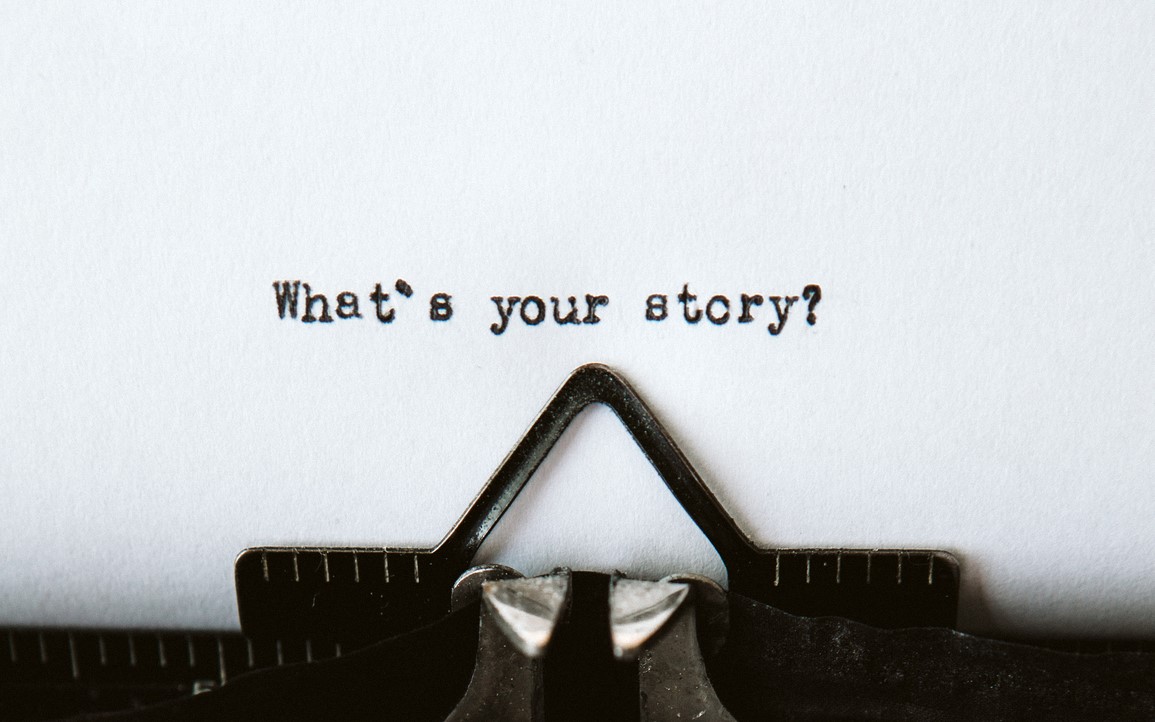It’s not uncommon for me to work with authors on point-of-view (POV) problems. There’s a lot of advice out there in writing communities about how to handle POV—how many to have and when and how to switch POV—and some of it is dictated more by personal preference than what actually works for the story.
I’m a big believer in using the POV that is most effective for the story rather than following arbitrary rules on the subject. Still, it’s not uncommon for manuscripts to struggle with how to juggle between POV effectively or to know which POV to use when, which can be a turn-off for readers.
More often than not, when I identify issues with POV in a story, it’s symptomatic of a much more systemic issue of focus that also needs to be addressed. The POV isn’t working because it conflicts with what the story is trying to achieve with its plot, themes, and characters.
Writing and thinking about writing is not a straightforward process, no matter how much you may want it to be. I’m a planner when I write, but even when I wrote papers in college that I’d extensively planned and researched, I still often didn’t know what I was actually trying to say until I’d typed out about 10 pages of what I wasn’t trying to say.
Books especially have minds of their own and are uncooperative with even the best-laid plans. Supporting characters can fight their way to a starring role and endings that you never anticipated can emerge as you write. It’s not a bad thing for your manuscript to take these unexpected turns. That’s part of what makes writing so fun and rewarding.
In my experience, a book that features a very sharp change in POV or scattered POVs or weak, ineffective POV is often the product of a manuscript that diverged widely from its intended process.
It’s not necessarily that the original story is better or worse than the story that ends up being told. But the author needs to make a conscious decision during rewrites about what the story is and use the best POV to achieve that.
Maybe you started your crime thriller with every intention of having your protagonist be the hero of the story, but you kept finding yourself compelled to include scenes from the sidekick or the villain’s POV. As a writer, you may be too close to the story and characters to register this as an issue, but for me as an editor, I often see manuscripts that do this and the intended protagonist ends up seeming marginalized and incidental to the story that is ostensibly their story.
When that happens, I always ask the writer, “Whose story do you want this to be?” I’m not asking this as a trick question or as a matter of judgment. I’m genuinely curious what the writer has to say.
Sometimes, the answer is that the story is very much the original protagonist’s story and the author maybe became enamored with a particularly fun character, so these excursions into other POVs need to be reined in so that they don’t dominate the manuscript. Maybe they just get significantly tailored back or maybe they even get deleted entirely.
But other times, the answer is that, actually, that sidekick or villain is a lot more interesting to write about and maybe the hero isn’t really the focus of the story after all. In that case, the solution isn’t to delete that unexpected POV but to delete the original hero’s POV and expand on that diversion.
The same can happen in nonfiction. Perhaps you’re writing about an individual but you find yourself constantly wanting to bring in rabbit trails related to other figures in the book or about whatever organization or movement in which they’re involved.
As with the fiction author who has rogue characters, I’ll ask this writer, “Whose story do you want this to be?” Again, I’m not asking this as a gotcha or judgmentally. Maybe the answer is that it still should be a biography of the intended protagonist. In that case, we need to work on ensuring what is included doesn’t become the focus to the detriment of that person who is being profiled. But maybe the answer is that, at the end of the day, something else in the story is a lot more interesting to the writer than that original figure they originally intended to cover.
This is true beyond POV but is especially relevant to it—if you find yourself fighting your original plans for a manuscript, you need to stop and reevaluate whether those plans are an accurate reflection of what you still want to do with the book.
You may have needed to write half a manuscript or even a full manuscript of what you thought you wanted to write about before stumbling upon what you actually wanted to write about. Or you may still want to write about your original intentions. Neither is right or wrong, but the first step to addressing these problems is to have a much clearer understanding of what you do want to write. That’s going to make it so much easier for you to know which POV you want to use.
For the next few weeks, I want to focus on some writers whom I think do a really good job of using POV to effectively enhance their books’ plots, themes, characterization, and atmosphere. First up, we’ll be looking at a couple of wonderful examples of POV usage to set the scene in nonfiction books.
What’s Your Story series:





